Eco-Friendly Christmas: Tips Dor a Sustainable Holiday
With the impact of climate change being felt, having an eco-friendly Christmas can contribute to mitigating it. While fun and festive, the holidays are also associated with increased general waste. By being mindful, you and your family can also reduce your holiday footprint this Christmas.
7 Tips for a Sustainable Christmas
You’ll be surprised with how much positive impact small choices can make during the holidays. Here are some tips that you can follow for a more eco-friendly Christmas.
1. Eco-Friendly Gift Wrapping
 Traditional wrapping paper, ribbons, and bows contribute to yearly holiday waste. Every year, people in the U.S. use 4.6 million pounds of wrapping paper, most of which comes from the holidays.
Traditional wrapping paper, ribbons, and bows contribute to yearly holiday waste. Every year, people in the U.S. use 4.6 million pounds of wrapping paper, most of which comes from the holidays.
To make your holidays more sustainable, and if your loved ones don’t mind, you can always give your gift without any wrapping.
If you must, however, you can use gift-wrapping alternatives. You can try out using recycled brown or kraft holiday gift wrappers. You can also use fabric wraps like beeswax wraps or the Japanese Furoshiki, which the receiver can reuse.
For design, instead of a bow, use natural decorations. Instead of plastic bows and ribbons, you can use dried flowers, pinecones, or leaves to spruce up your gift.
2. Sustainable Gifts
For an eco-friendly holiday, you can give out sustainable gifts that the receiver can appreciate. These goods may be material, such as environment-friendly items like reusable water bottles, sustainable clothing, or organic makeup and skincare. Your sustainable gift may also be DIY, like homemade candles, baked goods, and personalized craft items.
Alternatively, instead of giving away material items, you can also gift your loved ones unforgettable experiences. Why not give them tickets to a fun event, take them to exciting workshops, or treat them to a fun family outing?
3. Green Christmas Trees
 Christmas isn’t complete without a tree. For an eco-friendly Christmas, using an artificial Christmas tree or a real one is okay.
Christmas isn’t complete without a tree. For an eco-friendly Christmas, using an artificial Christmas tree or a real one is okay.
When getting an artificial Christmas tree, try to look for a high-quality one. Make sure you will be able to use the tree for a minimum of 10 years.
If you can’t find that, you should instead try to buy a real tree. Make sure to get one that is grown sustainably and is FSC-certified. Alternatively, if there is a rental service near you, one of the best green ideas for Christmas is to rent a tree and return it after the holiday season so it can be replanted.
When you choose a real tree for the holidays, you should also consider how to properly dispose of your real tree after the holiday season ends. If it is potted, consider replanting it. You can also recycle your tree by mulching or turning it into wood chips.
4. Reducing Holiday Décor Waste
The holidays are a time of fun parties and family gatherings. To make things look more festive, many decorate their homes with single-use holiday decor, such as plastic tinsel and artificial Christmas wreaths.
Did you know that households generate 30% more waste during the holidays? This includes waste from single-use decorations.
If you want to reduce your waste and be more eco-friendly for the holiday, use more sustainable items. You can make DIY ornaments out of natural or repurposed materials. You may also buy reusable, high-quality Christmas decor lasting several years.
5. Mindful Holiday Lighting
 Other than general waste, the holiday season also impacts energy consumption worldwide. In the U.S. alone, people consume 6.63 billion kilowatt-hours of electricity to light up decor for the holiday.
Other than general waste, the holiday season also impacts energy consumption worldwide. In the U.S. alone, people consume 6.63 billion kilowatt-hours of electricity to light up decor for the holiday.
To mitigate the possible impact of additional energy consumption, you can be mindful of using holiday lights.
One change you can make is using the more eco-friendly LED instead of traditional Christmas lights. You can also shorten your use of lights. Instead of using them all night, you can set timers to turn off the lights after a few hours. You may also get creative with lighting alternatives indoors, such as using candlelight for a cozier and more energy-efficient option.
6. Sustainable Christmas Cards
Sending Christmas cards is a great way to show appreciation for friends and loved ones during the holiday season. However, using traditional cards can negatively affect the environment as many are non-recyclable. Since glitter and foil can’t be recycled, carts decorated with those materials are also non-recyclable.
You can still send Christmas cards for an eco-friendly Christmas, but you must be mindful of your choices. You can send paper cards made from recycled materials. Plantable cards are also available, including seeds that the receiver can plant. Alternatively, you can send digital cards that don’t generate additional holiday waste.
7. Minimizing Christmas Food Waste
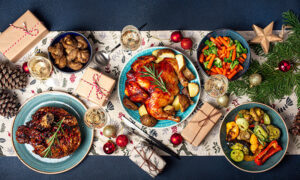 What’s a Christmas season without a holiday feast? While most associate Christmas with parties and family gatherings, food is always involved. Unfortunately, that also means more food waste generated during the holidays.
What’s a Christmas season without a holiday feast? While most associate Christmas with parties and family gatherings, food is always involved. Unfortunately, that also means more food waste generated during the holidays.
To minimize food waste during the Christmas season, strategic planning is your friend. First, you must plan your feast based on how many people you expect. This will help you set the amount of food you need to prepare, minimizing excess food.
Additionally, buying ingredients and serving food also presents the opportunity to reduce general waste. When grocery shopping, try to buy organic and look for more sustainable packaging. Instead of using disposable utensils and plates during the feast, bring out your reusable serving items.
If you still have leftovers, don’t dispose of them immediately. You can store them properly in the fridge and reheat them later on to consume. Alternatively, you can also help other people by donating leftovers to shelters.
Frequently Asked Questions:
What Are Some Eco-Friendly Stocking Stuffer Ideas?
You can try to look for small but sustainable and reusable items to add to your family’s stockings. Some items you can put include valuable items, like bamboo toothbrushes or metal straws. You can also give baked treats like small cookies as stocking stuffers.
Is It Possible to Have a Zero-Waste Christmas?
Given what many are used to during the holidays, it may seem impossible to have a zero-waste holiday. However, while it would be highly challenging, with proper planning, it is possible.
How Can You Get Family Involved for a Green Christmas?
Start eco-friendly traditions with your family, such as creating DIY and sustainable decorations or using a reusable advent calendar for your kids.
A More Mindful Holiday
Consider having a more eco-friendly Christmas as a holiday gift for Mother Earth. Festive holidays don’t always have to involve a large amount of waste. The task can seem daunting, but being mindful of your choices this holiday season can positively change the environment.
RELATED ARTICLES:



 Many homeowners believe that HOA dues and fees are unnecessary. Another HOA myth is that these dues only put an unneeded burden on homeowners. However, these fees cover many community expenses that also benefit residents.
Many homeowners believe that HOA dues and fees are unnecessary. Another HOA myth is that these dues only put an unneeded burden on homeowners. However, these fees cover many community expenses that also benefit residents. Many believe that once an HOA is established, the rules it starts with will be implemented until the association is dissolved. However, contrary to popular belief, HOA rules can be changed.
Many believe that once an HOA is established, the rules it starts with will be implemented until the association is dissolved. However, contrary to popular belief, HOA rules can be changed.
 Homeowners associations are known to invest in beautification projects. These associations are in charge of cleanliness and appearance, ensuring communities remain neat and pleasing to the eye.
Homeowners associations are known to invest in beautification projects. These associations are in charge of cleanliness and appearance, ensuring communities remain neat and pleasing to the eye. Homeowners associations enforce a variety of rules and regulations. These include rules about noise, pets, home businesses or commercial use, short-term rentals, and even parking. Most nuisances are covered in the HOA’s governing documents. This ensures a peaceful environment for all residents.
Homeowners associations enforce a variety of rules and regulations. These include rules about noise, pets, home businesses or commercial use, short-term rentals, and even parking. Most nuisances are covered in the HOA’s governing documents. This ensures a peaceful environment for all residents. During times of emergency, a homeowners association can come in handy. An HOA usually has an
During times of emergency, a homeowners association can come in handy. An HOA usually has an 
 3. The Mother of Thanksgiving
3. The Mother of Thanksgiving In 1963, John F. Kennedy became the first president to pardon a turkey during Thanksgiving. When he received a turkey from the National Turkey Federation, Kennedy returned the bird to the farm instead of cooking it for a Thanksgiving feast. However, this was not considered the first formal “turkey pardon.”
In 1963, John F. Kennedy became the first president to pardon a turkey during Thanksgiving. When he received a turkey from the National Turkey Federation, Kennedy returned the bird to the farm instead of cooking it for a Thanksgiving feast. However, this was not considered the first formal “turkey pardon.” 10. How Much Turkey Does America Consume During Thanksgiving?
10. How Much Turkey Does America Consume During Thanksgiving?
 Company applicants are the individuals responsible for creating or registering the company. If multiple persons are involved, they direct or control the filing.
Company applicants are the individuals responsible for creating or registering the company. If multiple persons are involved, they direct or control the filing.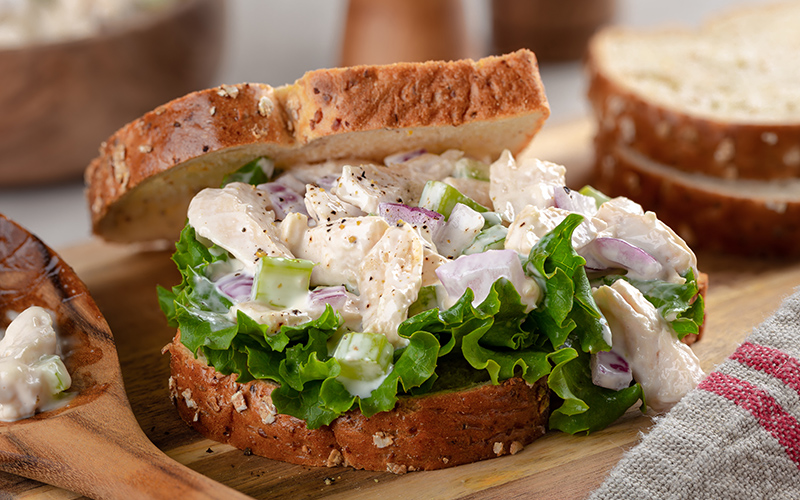

 Homeowners associations are generally in charge of common area maintenance.
Homeowners associations are generally in charge of common area maintenance.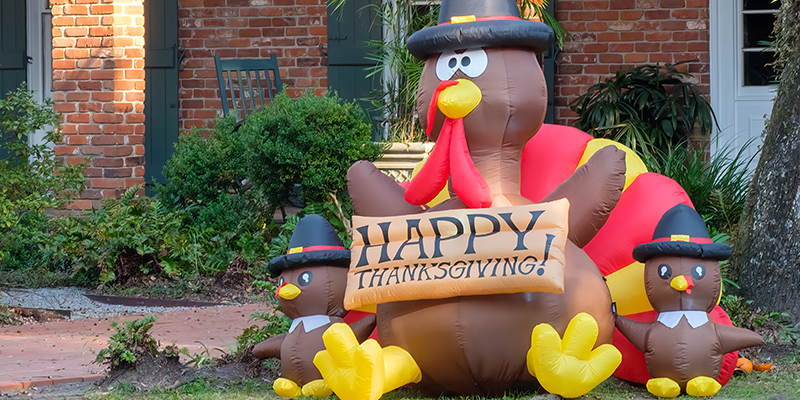
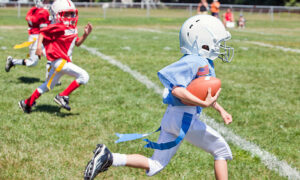 Thanksgiving and football are two classic American events. Why not put them together and have a community football gathering? It’s perfect for neighborhoods with a local NFL team or football college.
Thanksgiving and football are two classic American events. Why not put them together and have a community football gathering? It’s perfect for neighborhoods with a local NFL team or football college.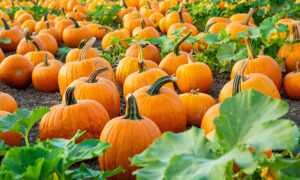 9. Thanksgiving Pumpkin Patch
9. Thanksgiving Pumpkin Patch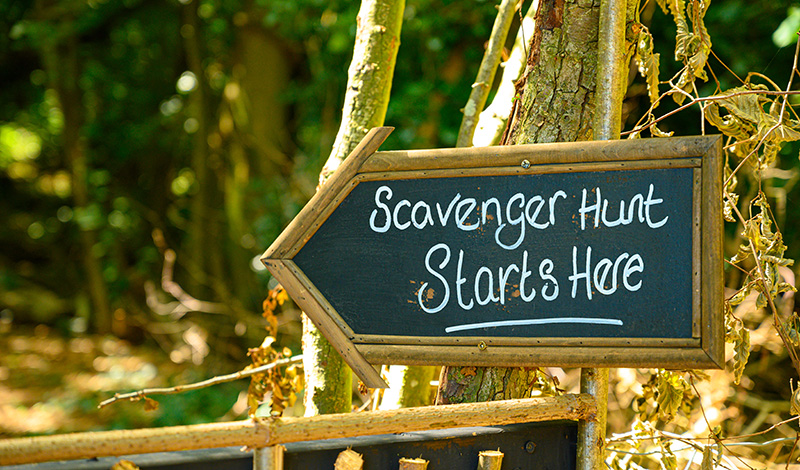
 Activities are great but
Activities are great but  If you want to involve your child’s friends, why not host a neighborhood sing-along? You can choose a patriotic or relevant song like The National Anthem, Living in America by James Brown, or 9 to 5 by Dolly Parton. There are many more to choose from.
If you want to involve your child’s friends, why not host a neighborhood sing-along? You can choose a patriotic or relevant song like The National Anthem, Living in America by James Brown, or 9 to 5 by Dolly Parton. There are many more to choose from.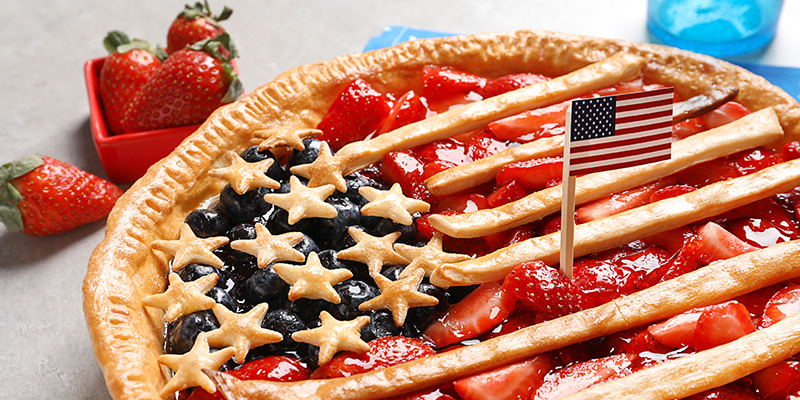
 Ingredients:
Ingredients: Ingredients:
Ingredients: Ingredients:
Ingredients:
